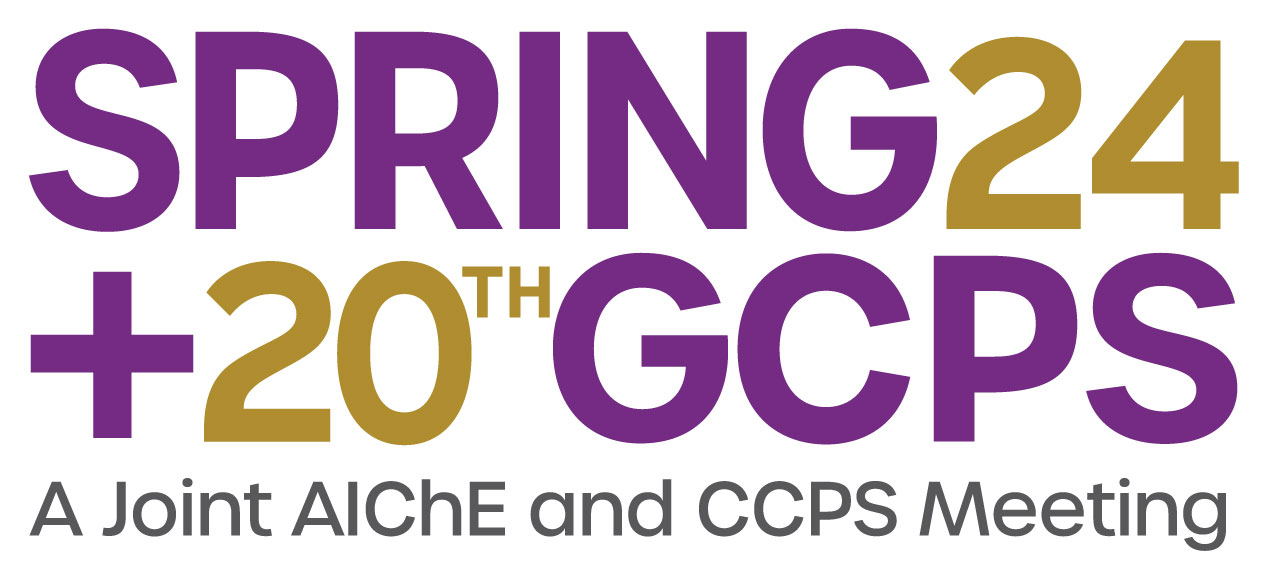

The siting of LNG facilities requires several types of hazards to be quantified so the risk to the public and public property in areas surrounding each facility can be properly assessed. In order to quantify the hazards from potential accident scenarios, computational tools must be used. Given the multiplicity of tools available, ranging from empirical models to 3D computational fluid dynamics packages, the agency reviewing the project application may not have the methodologies or protocols necessary to determine the suitability of a given model to a certain scenario, its accuracy, and any other setup requirements.
A critical step in assessing the consequences of a flammable fluid release is the characterization of explosion hazards, that is, the quantification of the overpressure and impulse resulting from the ignition of a vapor cloud explosion.
This paper describes the Model Evaluation Protocol (MEP) developed for vapor cloud explosion models used for LNG facility siting studies. The paper will discuss the evaluation methodology, including the information to be submitted by the model proponents and the review process, the data set to be used for model validation, and the criteria to evaluate each model and to define their respective validation factors (i.e., safety factors).
Presenter(s)
Language
Pricing
Individuals
| AIChE Member Credits | 0.5 |
| AIChE Pro Members | $19.00 |
| Fuels and Petrochemicals Division Members | Free |
| AIChE Graduate Student Members | Free |
| AIChE Undergraduate Student Members | Free |
| AIChE Explorer Members | $29.00 |
| Non-Members | $29.00 |
